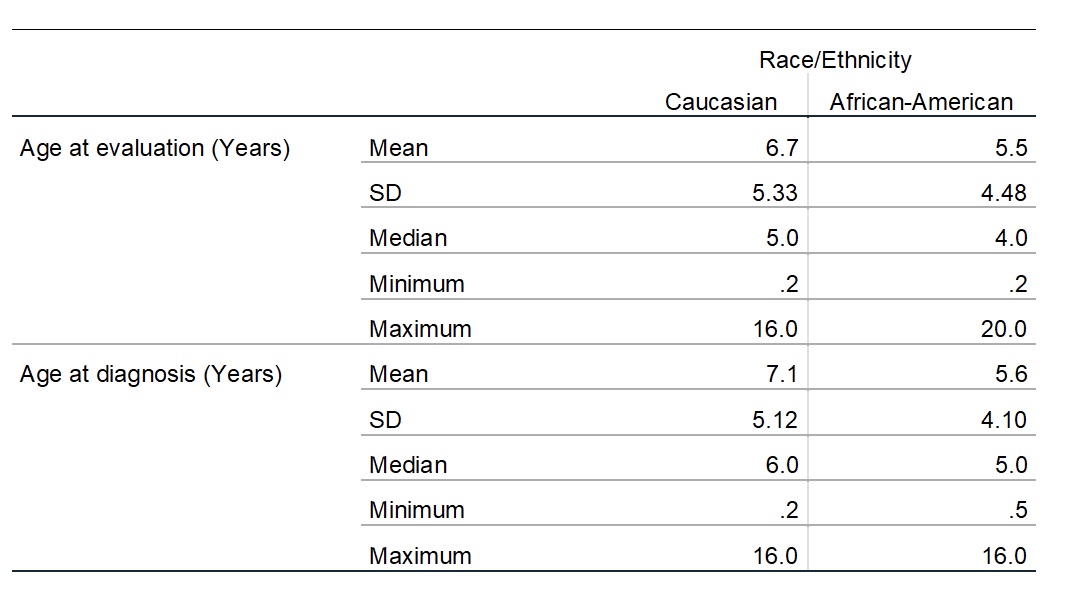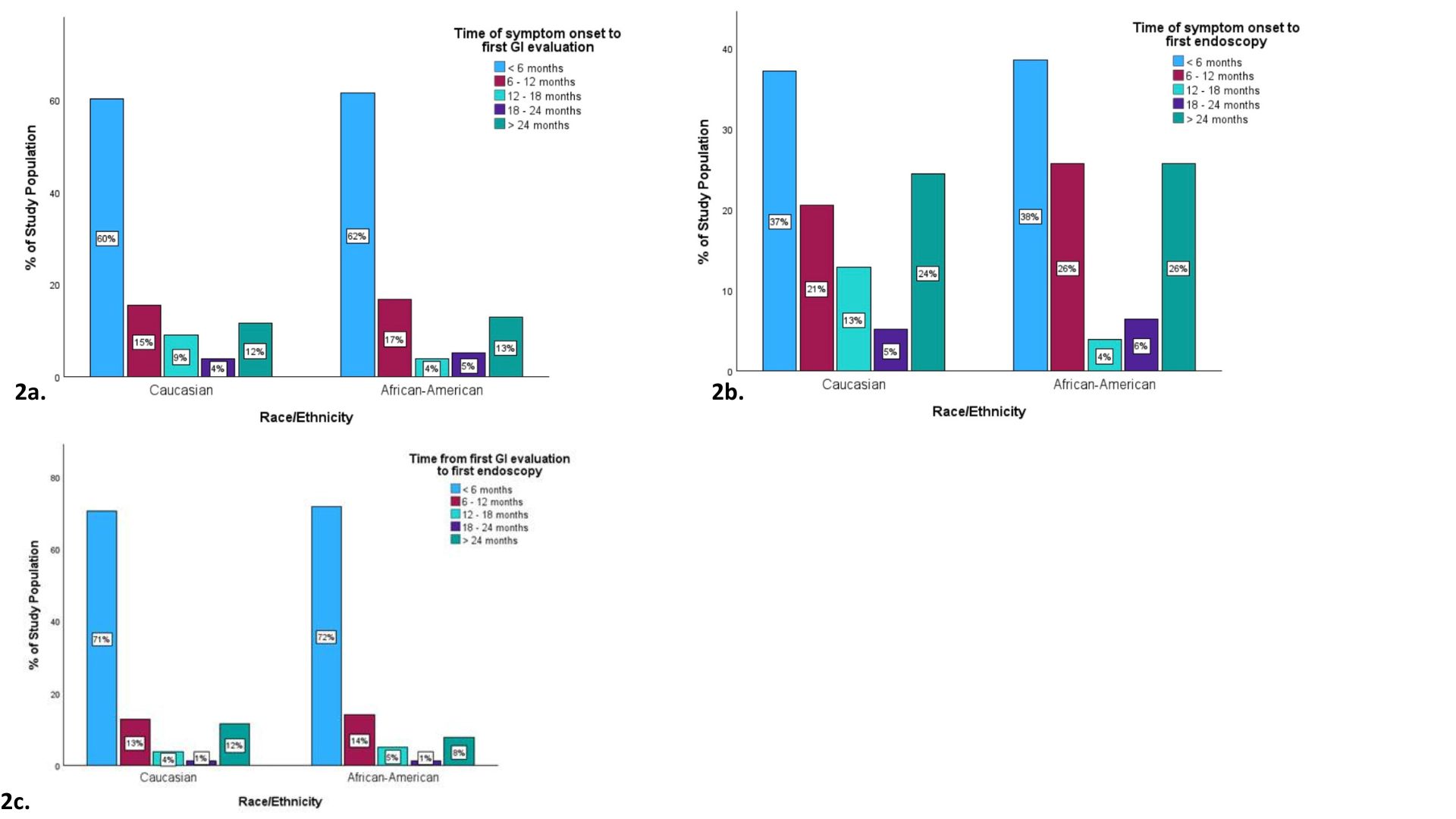Gastroenterology/Hepatology
Session: Gastroenterology/Hepatology
334 - Retrospective chart review of racial disparities in the diagnosis, treatment, and outcomes of patients with eosinophilic esophagitis at Children’s Hospital of The King’s Daughters (CHKD)
Sunday, April 27, 2025
8:30am - 10:45am HST
Publication Number: 334.6166
Candice Song, Eastern Virginia Medical School at Macon and Joan Brock Virginia Health Sciences, Chesapeake, VA, United States; Di Xia, Eastern Virginia Medical School at Macon and Joan Brock Virginia Health Sciences, Norfolk, VA, United States; Shalini Sakhamuri, Eastern Virginia Medical School at Macon and Joan Brock Virginia Health Sciences, Norfolk, VA, United States; Michael Mendoza, Children's Hospital of The King's Daughters, Norfolk, VA, United States; Haree K. Pallera, Children's Hospital of The King's Daughters / Eastern Virginia Medical School, Norfolk, VA, United States; Turaj Vazifedan, Eastern Virginia Medical School, Norfolk, VA, United States; Rana F. Ammoury, children’s Hospital of the Kings Daughters, Norfolk, VA, United States

Candice Song, DO (she/her/hers)
Pediatric Resident
Eastern Virginia Medical School at Macon and Joan Brock Virginia Health Sciences
Chesapeake, Virginia, United States
Presenting Author(s)
Background: Eosinophilic esophagitis (EoE) is a chronic immune and antigen-mediated disease characterized by esophageal dysfunction and eosinophilic inflammation. Prior studies show that African American (AA) children are diagnosed at younger ages, have longer delays between symptom onset and diagnosis, and more frequently show symptoms like failure to thrive and vomiting. The Children’s Hospital of the King’s Daughters (CHKD) patient population includes the seven cities of Hampton Roads and has a 30% AA demographic. This retrospective study aims to determine if similar disparities exist in our diverse patient population.
Objective: To examine whether racial disparities exist in the access to and delivery of care in our EoE population.
Design/Methods: In this IRB approved retrospective study, patients younger than 26 years old and diagnosed with EoE at CHKD between Jan 1, 2010 and Dec 1, 2023 were identified. Continuous variables are presented as mean, standard deviation (SD), median, minimum, and maximum. Categorical variables are presented as frequency and percentage. Chi-square test was used to compare the proportion of gender between race groups. A logistic regression model was used to compare time (categorical) between groups. All statistical tests were performed using SPSS 29 (Chicago, IL). All statistical tests were two-sided, and p< 0.05 was considered statistically significant.
Results: Of the total pediatric EoE population seen at CHKD, 80 AA and 80 White patients were randomly selected for comparison. Three patients were excluded due to the patient not initiating care at CHKD. The proportion of females was higher among Caucasian populations (54.4% vs 31.2%). There was no significant difference between AA and White patients in age at presentation to the gastrointestinal (GI) disease clinic (5.5 vs 6.7, p=0.45) or age at diagnosis (5.6 vs 7.1, p=0.40). Symptoms in the AA and White patients were similar. There was no significant difference in time of symptom onset to first GI appointment, (324.9 vs 317.1, p=0.76), time of symptom onset to first endoscopy (477.6 vs 538.5, p=0.88), and time from first GI evaluation to first endoscopy (205.2 vs 288.2, p=0.57).
Conclusion(s): This retrospective study found no significant racial disparities in age at presentation and diagnosis, as well as treatment timelines. These findings underscore the necessity to explore the other factors influencing delivery and access to care in the pediatric EoE population to ensure equitable care for all patients. Follow-up analyses will examine differences in outcome and remission of EoE between racial groups.
Table 1: Age at Evaluation and Diagnosis
 This table compares the age at presentation and age at diagnosis in years between African-American and Caucasian patients. It compares the mean, standard deviation (SD), median, minimum, and maximum age in years. The table shows no significant difference between the two groups in age at evaluation (p=0.45) and age at diagnosis (p=0.40).
This table compares the age at presentation and age at diagnosis in years between African-American and Caucasian patients. It compares the mean, standard deviation (SD), median, minimum, and maximum age in years. The table shows no significant difference between the two groups in age at evaluation (p=0.45) and age at diagnosis (p=0.40).Figure 2a-c: Time of Symptom Onset to GI Appointment, Time of Symptom Onset to First Endoscopy, Time from Initial GI Evaluation to First Endoscopy
 These graphs compare the length of a. time of symptom onset to GI appointment, b. time of symptom onset to first endoscopy, and c. time from initial GI evaluation to first endoscopy between African-Americans and Caucasians. The graphic data shows there was no significant difference between the two groups (p=0.66, p=0.47, p=0.48 respectively).
These graphs compare the length of a. time of symptom onset to GI appointment, b. time of symptom onset to first endoscopy, and c. time from initial GI evaluation to first endoscopy between African-Americans and Caucasians. The graphic data shows there was no significant difference between the two groups (p=0.66, p=0.47, p=0.48 respectively).Table 1: Age at Evaluation and Diagnosis
 This table compares the age at presentation and age at diagnosis in years between African-American and Caucasian patients. It compares the mean, standard deviation (SD), median, minimum, and maximum age in years. The table shows no significant difference between the two groups in age at evaluation (p=0.45) and age at diagnosis (p=0.40).
This table compares the age at presentation and age at diagnosis in years between African-American and Caucasian patients. It compares the mean, standard deviation (SD), median, minimum, and maximum age in years. The table shows no significant difference between the two groups in age at evaluation (p=0.45) and age at diagnosis (p=0.40).Figure 2a-c: Time of Symptom Onset to GI Appointment, Time of Symptom Onset to First Endoscopy, Time from Initial GI Evaluation to First Endoscopy
 These graphs compare the length of a. time of symptom onset to GI appointment, b. time of symptom onset to first endoscopy, and c. time from initial GI evaluation to first endoscopy between African-Americans and Caucasians. The graphic data shows there was no significant difference between the two groups (p=0.66, p=0.47, p=0.48 respectively).
These graphs compare the length of a. time of symptom onset to GI appointment, b. time of symptom onset to first endoscopy, and c. time from initial GI evaluation to first endoscopy between African-Americans and Caucasians. The graphic data shows there was no significant difference between the two groups (p=0.66, p=0.47, p=0.48 respectively).
